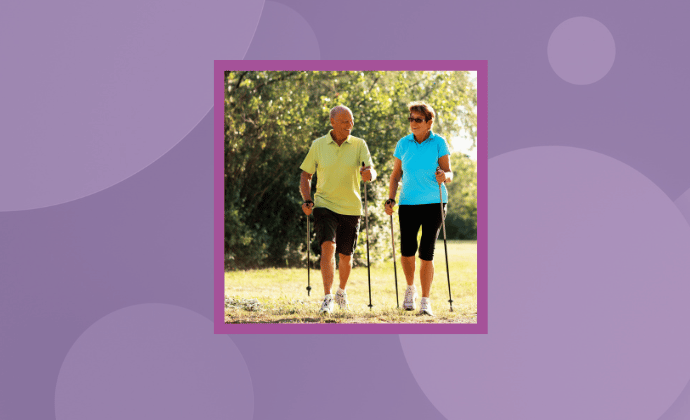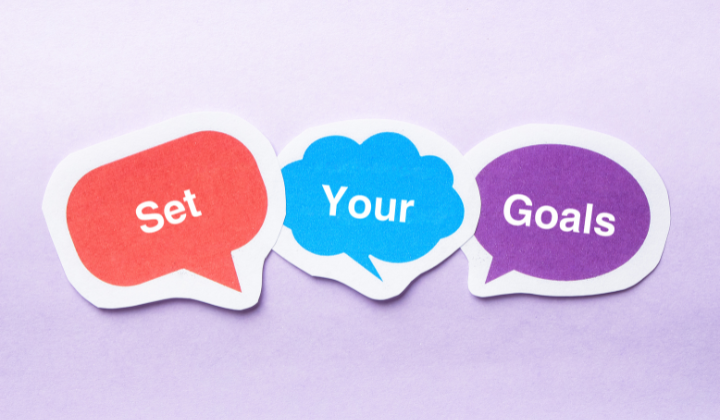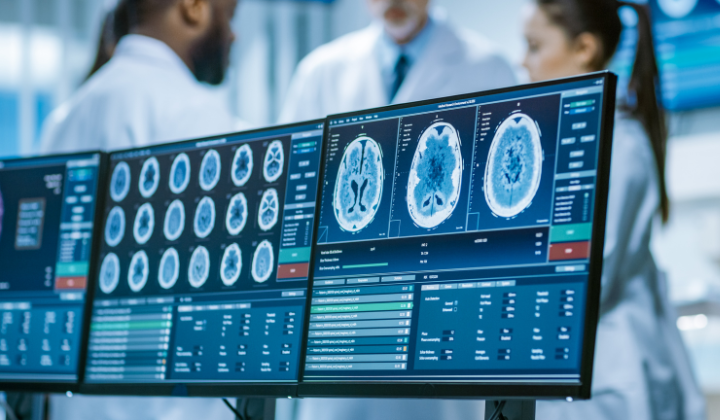Different Activities, Different Benefits
Our bodies are the physical containers through which we live. When we move and feel better, and we live better. We tend to think of health and fitness as only physical. However, fitness is actually multi-faceted including:
- Mental (overall mindset, discipline despite feelings, will power, and quality of input and output)
- Emotional (motivation, inspiration, our feelings, and perception of others’ feelings)
- Spiritual (prayer and meditation)
- Social (quality of our interactions with others and our support network)
- Environmental (what you surround yourself with – people, sights, sounds, and ideas that you allow to affect the other facets)
- Physical (nutrition, physical activity, biometrics, and annual check-ups). There are even more facets in the physical area, such as:
- Cardiovascular (heart, lungs and breathing)
- Strength (ability to lift and move without fatigue)
- Flexibility (range of muscles without damage)
- Endurance (length of time you can continue doing an activity)
- Balance (ability to stand and move without falling)
- Agility (ability to alter direction quickly and without falling)
- Power & Speed (the amount of force you can apply to a movement)
Virtually all activities and sports will deliver benefits for those living with Parkinson’s. Skydiving or bungee jumping excluded! Below is a list of some popular sports and activities and the specific benefits they offer.
Walking
- Improves cardiovascular performance, endurance, gait, leg strength and coordination, mobility, and balance.
HIIT (High Intensity Interval Training)
- Cardiovascular benefits, improvements in flexibility, gait, leg strength and coordination, mobility, and balance.
Non-combat Boxing
- Improves cardiovascular, strength, balance, endurance, power, speed, hand-eye and other coordination and improves all Parkinson’s symptoms including non-motor ones.
Dancing (all styles are great)
- Targets flexibility, coordination, posture, balance, confidence, mood, agility,
Nordic Walking (a form of cross-country skiing on land)
- Enhancing cardiovascular performance, stride length, whole body strength, balance, coordination, posture and improves gait.
Yoga
- Improves breathing techniques aiding strength, flexibility, and relaxation.
- Reduces stiffness and slowness of movement, improves balance, and lessens stress improving sleep.
Cycling
- Improves heart and lungs, cholesterol, blood pressure, immune system, and mood. Along with decreasing tremors and stiffness while increasing endurance, strength, and coordination.
Tennis/Table Tennis
- Enhances mental alertness, improves reaction times, strength and agility while decreasing rigidity and tremors. There are also benefits for posture, facial expression, speech, and handwriting as well.
Tai Chi
- Improves flexibility, reduces stress, improves muscle strength, and beneficial for a variety of illnesses such as heart disease, as well as balance and coordination.
Every facet of fitness affects the body for better or for worse and most activities and sports offer benefits for those with Parkinson’s.
References
https://parkinsonslife.eu/from-nordic-walking-to-boxing-six-sports-for-parkinsons-disease/#:
https://davisphinneyfoundation.org/high-intensity-exercise-slows-parkinsons-progression/






